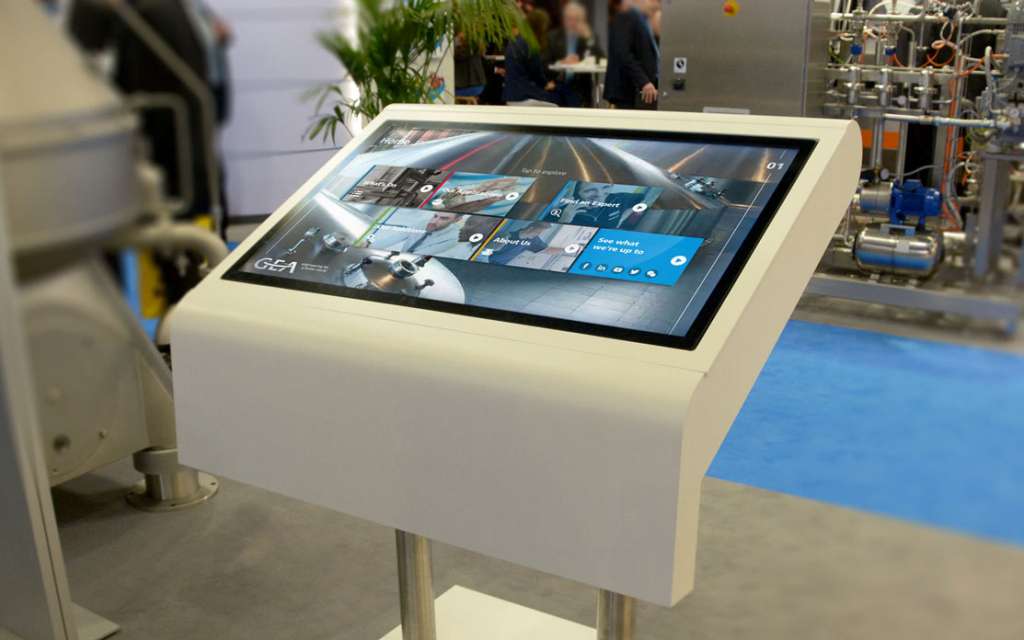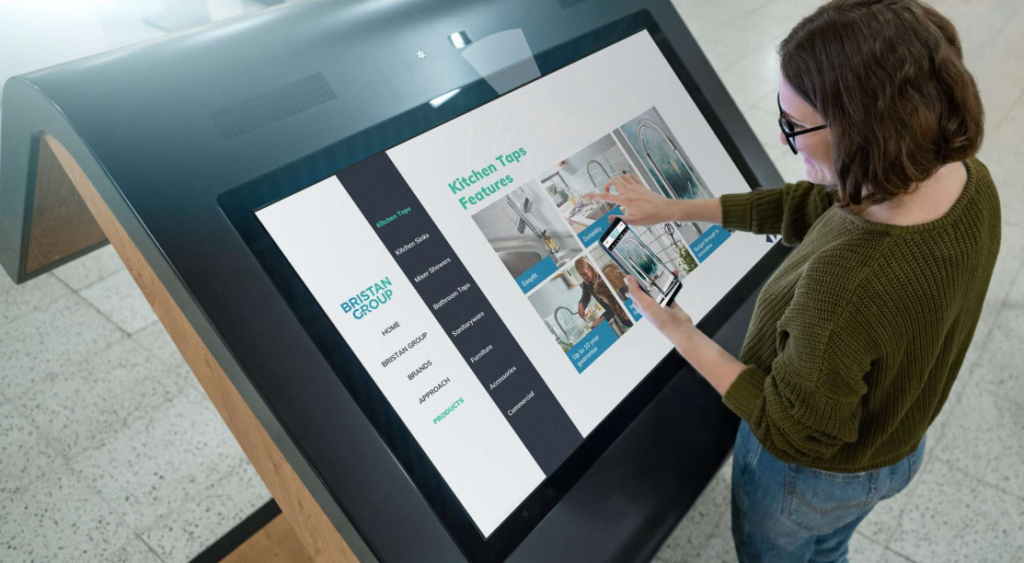If you want to attract and keep your buyers and sellers, then revenue enablement is the answer.
Revenue enablement provides both with a seamless and more effortless buying experience boosting sales performance, improving customer and sales team retention, and providing better visibility across the entire customer journey. That leads to more informed decisions and ultimately increased revenue. But what exactly does it mean?
Read on as we provide a clear explanation, discuss its importance, and outline the goals of revenue enablement.
A simple revenue enablement definition
“Revenue enablement connects enablement efforts and uses shared technology, tools, data, analytics, processes and KPIs to reduce the complexity of the modern sales ecosystem,” says Doug Bushée, Senior Director Analyst at Gartner.
Or, in simpler POP terms, revenue enablement is the process of helping customer-facing teams to align internally with consistent messaging and operations across sales, marketing and other customer facing roles. In turn, this maximizes on areas of growth and revenue at every stage of the customer journey.
It’s often confused with similar phrases like business enablement and sales enablement. Whilst they share common goals in enhancing overall performance and business effectiveness, they have distinct focuses and scopes:
- Business enablement focuses solely on providing the necessary resources, support and infrastructure to empower teams to achieve their objectives. It creates a conducive environment that enables teams to thrive and innovate for business success.
- On the other hand, sales enablement is about equipping sales teams with the tools, resources and support they need to effectively engage and close deals. It typically involves training, content creation, technology implementation and process optimization to facilitate making sales in ever-changing circumstances.
Revenue enablement takes a broader perspective, encompassing not only sales, but also other functions within an organization, such as marketing, customer success and product teams. The aim is to maximize revenue generation across the entire customer lifecycle by ensuring seamless coordination and collaboration between these various departments.
Let’s dive a little deeper….
Goals and objectives of revenue enablement
While the overarching aim is to increase revenue, there are several goals and objectives for revenue enablement within an organization.
Collaboration across departments
Businesses that create a cross function revenue enablement team can greatly improve alignment and collaboration within their business. By sharing knowledge and feedback, marketing, sales and customer success teams will have a much better insight into how their organization interacts with customers. This will help to ensure that all messaging is consistent, and comms are transparent, to reduce any handover friction between departments during the customer journey
Another key objective is to understand the different parts of the customer journey. Rather than only having information about sales, you can gather much more data from the different touchpoints throughout the customer lifecycle, including both before and after sales, providing end-to-end metrics making it easier to optimize enablement efforts.
Achieving shared revenue targets
Beyond simply increasing revenue, this is about setting shared targets across the business. You might want to improve upselling or improve the performance of your digital sales tool with a view to increasing revenue. It’s about setting goals collaboratively which improve outcomes (and boost revenue) for the business.
Choosing the right technology
Technology is at the very core of a revenue enablement strategy. With revenue enablement, you’ll aim to find tools that improve efficiency and enable collaboration across different departments, creating a single source of truth and centralizing enablement support. Technology should also be scalable to grow with your business as revenue increases.
Why does revenue enablement matter?
Customers don’t just connect with sales teams. Their journey can have touchpoints with digital platforms, marketing materials and product specialists before sales enters the fray.
Revenue enablement adapts to this changing customer behavior, reducing complexity and ensuring that businesses still offer a great experience along the way to enhance the modern buying and selling experience. Here’s why it matters:
Sales performance
First and foremost, a good revenue strategy can improve your sales performance. It gives sales teams the tools they need to increase conversion rates and help your business grow.
Improved outcomes
It’s not just about sales volume. Revenue enablement improves collaboration and alignment across your business, reducing chaos and poor performance and speeding up the sales cycle, improving your business responsiveness and customer retention.
Better visibility
With an effective revenue enablement strategy and the right technology, you’ll have better visibility of the entire customer journey. This allows businesses to monitor interactions and discover patterns in customer behavior. Above all else, you’ll be able to make more informed decisions to continually engage customers and grow revenue.
Improved customer experiences
Last but certainly not least, revenue enablement allows you to improve the customer experience across their journey. Customers will benefit from consistent messaging through different touchpoints, whether that’s sales, marketing, or aftercare.
The result is happier customers and increased loyalty.
Still not convinced? Find out why leading brands should implement revenue enablement and take a look at these examples of revenue enablement tools.
Add POP to your revenue enablement strategy!





The POP platform has been designed to revolutionize the way you engage with your customers. This makes it a perfect fit for revenue enablement in multiple ways:
Improving every interaction
Our no-code experience builder allows you to create personalized experiences that improve every step of the customer journey – not just sales.
Enhancing product understanding
With POP, you can create interactive 3D product models and configurators to simplify complex ideas and help customers truly understand what you offer.
Delivering invaluable insights
Every single customer interaction is tracked, giving you a wealth of data to make informed decisions, so you’re no longer reliant on verbal sales feedback.
Scalable personalization
POP enables instant personalization based on individual interactions and requirements, so you can quickly adapt to address unique pain points and use cases for more productive conversations.
Time-saving automation
By automating repetitive tasks and streamlining the sales process, POP frees up sales teams to focus on high-value interactions. This efficiency not only reduces operational costs but also accelerates the sales cycle.
Find out how to maximize sales and success with the Revenue Enablement way >
Embrace revenue enablement with POP!
POP is an invaluable tool for revenue enablement in a wide range of sectors. Take a look and see for yourself!
To find out more about our platform and how it can help your business, book a demo or contact us on +44 (0)117 329 1712 or hello@popcomms.com. We’d love to hear from you.
Related Posts

Revenue Enablement Performance Measurement & Analytics
Read

Revenue Enablement Through the Customer Journey Framework
Read

The Future of Revenue Enablement
Read

Why Leading Brands Should Implement Revenue Enablement
Read